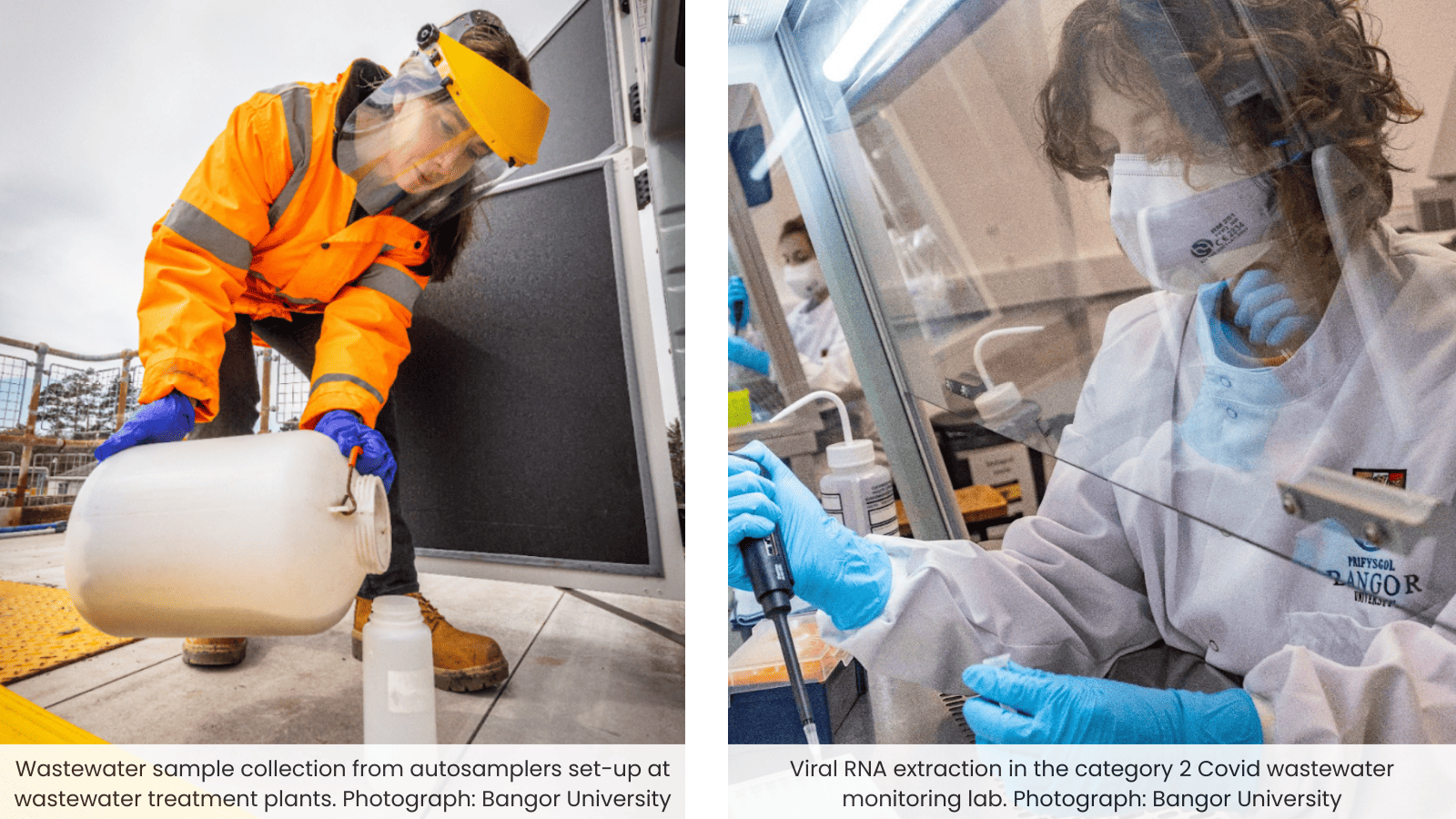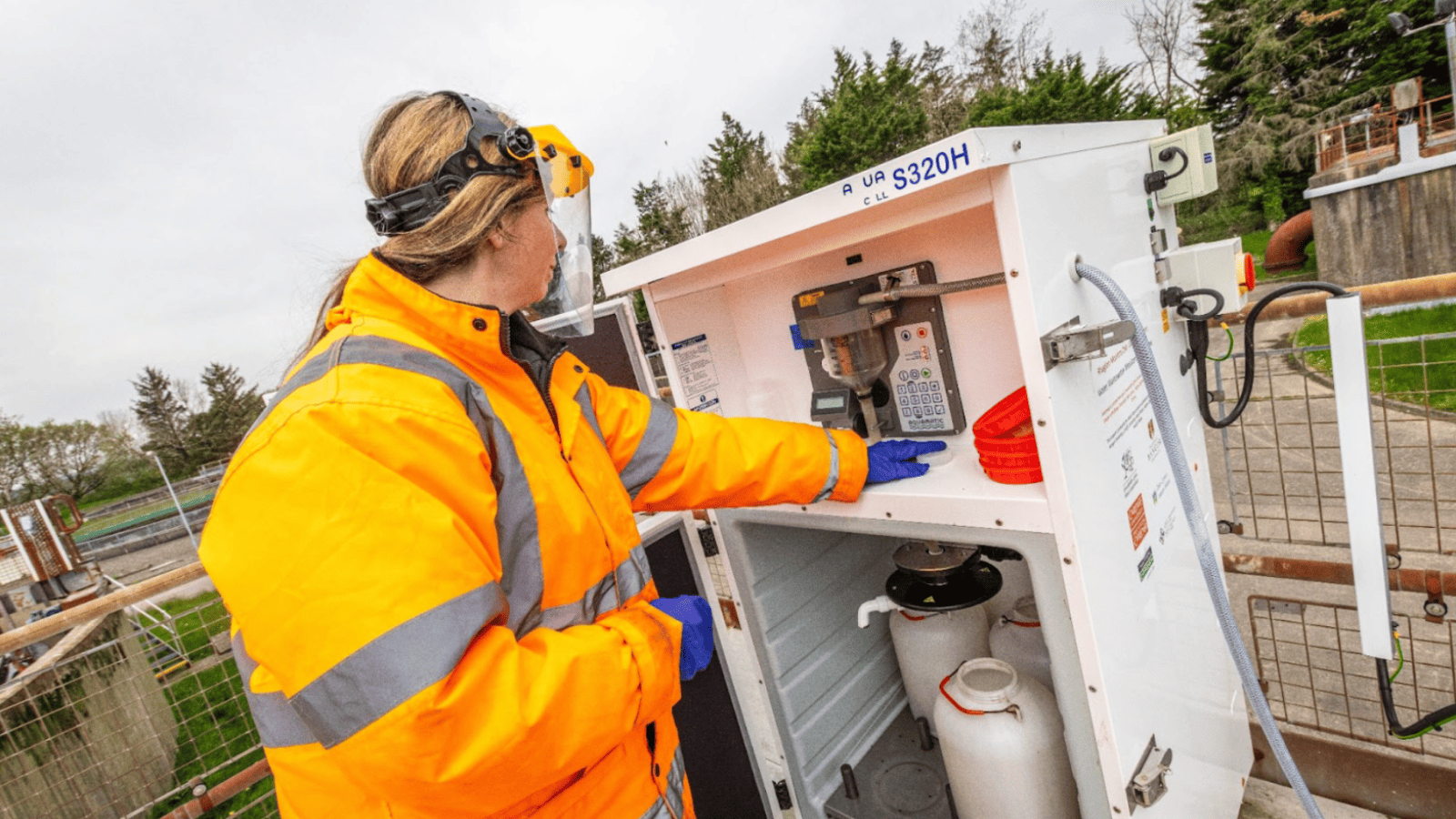In the ongoing effort to combat infectious diseases, a new and unexpected front has emerged: the wastewater network. Wastewater surveillance, a cutting-edge field, has become a powerful tool in the United Kingdom’s efforts to tackle infectious diseases, including the formidable challenge of Antimicrobial Resistance (AMR). This article explores the role of wastewater surveillance in the UK, its significance in public health, and the challenges and prospects it offers.
Wastewater Surveillance in the UK
Wastewater surveillance has taken on a crucial role in the UK’s public health and environmental protection efforts. Its multifaceted applications range from tracking infectious diseases to addressing the pressing issue of AMR. The COVID-19 pandemic accelerated the adoption of Wastewater-Based Epidemiology (WBE) in the UK, enabling the detection and monitoring of SARS-CoV-2 in wastewater. This allowed health authorities to gauge virus prevalence, implement containment strategies, and support vaccination campaigns. Wastewater surveillance has extended beyond COVID-19, providing real-time data on various pathogens in sewage systems. This early warning system assists in responding to outbreaks and designing targeted interventions. Moreover, wastewater surveillance aligns with the One Health approach, recognizing the interconnectedness of human, animal, and environmental health. It finds possible health risks that can be transmitted between animals and humans (zoonotic threats), supporting disease prevention in both human and animal populations.
The UK’s Wastewater Surveillance Program
The UK’s journey into wastewater surveillance began with a team at Bangor University monitoring the notorious norovirus in wastewater that causes gastroenteritis. In early 2020, they expanded their efforts to track SARS-CoV-2, mapping virus levels in wastewater samples from communities. These results paralleled traditional testing, leading to the establishment of a national wastewater monitoring program, providing an economical means to detect SARS-CoV-2.
General track and trace testing techniques involve several health officials or volunteers required to meet patients in person to collect swab samples for COVID testing; using wastewater eliminates this ordeal and allows easier data collection, without compromising patient privacy. The technique was also extended to study the presence of other infectious viruses that are capable of causing widespread deaths. For instance, poliovirus isolates related to the Sabin virus strain (serotype 2) were detected in sewage samples from London in 2022 and cases of avian influenza have also been detected.
Wastewater and sewage samples are collected from treatment plants and effluent release catchment areas. These samples, which contain a mixture of human, animal, hospital, and industrial waste, are processed in laboratories for RNA extraction and viral load analysis. Genetic tools such as quantitative-PCR (q-PCR) are commonly used to determine the type and amount of virus present within a sample. This data is then used by public health authorities to make informed decisions and initiate suitable interventions.

Applications of Wastewater Surveillance
Wastewater surveillance in the UK is used for monitoring various infectious pathogens and seasonal illnesses, including:
- Enteric viruses like norovirus and rotavirus, associated with gastrointestinal illnesses.
- Routine testing for SARS-CoV-2 to track COVID-19 infections and identify new variants.
- Pathogenic bacteria like Salmonella, Shigella, and Vibrio species that cause gastrointestinal diseases.
- Antibiotic-resistant bacteria and resistance genes to monitor AMR.
- Parasitic protozoa like Giardia and Cryptosporidium, leading to waterborne diseases.
- Worms like Ascaris and Schistosoma, causing intestinal and schistosomiasis-related diseases.
Additionally, wastewater surveillance provides insights into medicine or drug consumption patterns within communities and assesses the environmental impact of industrial, agricultural, and urban activities on water sources.
The AMR Crisis
Antimicrobial Resistance (AMR) is the resistance of microorganisms to chemicals used to inhibit their harmful effects on humans, animals, or plants. AMR can be intrinsic or acquired, with acquired resistance facilitated by mobile genetic elements that transfer antimicrobial-resistant genes (ARGs) across microorganisms. Sewage plants can become hotspots for AMR due to the presence of ARGs in wastewater, which can re-enter the human population via animal drinking water. Wastewater surveillance aids in tracking antibiotics and antibiotic-resistant genes in sewage, offering insights into AMR prevalence. This data is crucial for understanding the dynamics of AMR and its potential spread across humans, animals, and the environment.
Challenges and Future Prospects
While wastewater surveillance is a promising tool, it comes with certain limitations:
- Data is collected at a population level, making it impossible to identify specific individuals or groups, responsible for detected substances or affected by pathogens.
- Data may fluctuate based on season, weather, and population size.
- Inadequate or defective treatment plants can lead to treatment variability and skewed data.
- Some pathogens are challenging to detect due to variable sensitivity in surveillance methods.
- Remote areas without wastewater treatment facilities are excluded from regional focus.
- Interpretation of complex data requires expertise, and misinterpretation can lead to misallocation of resources.
- Identifying specific pathogens may be more challenging than quantifying chemicals, requiring advanced genetic techniques.
Despite these challenges, wastewater surveillance serves as an early warning system, providing crucial insights into public health and environmental well-being. It is a powerful tool in the fight against infectious diseases and AMR. In this silent war, scientific innovation and community involvement converge to protect our collective health, offering hope for a brighter, healthier future.
Pooja Padmakumar is a PhD candidate at Bangor University, specializing in investigating the prevalence of antimicrobial resistant genes in Wales’ wastewater treatment plants. She is leveraging her expertise to contribute meaningfully to human and environmental health research.
X : @PoojaPadma59035
Mail : poojapadmakumar@outlook.com
